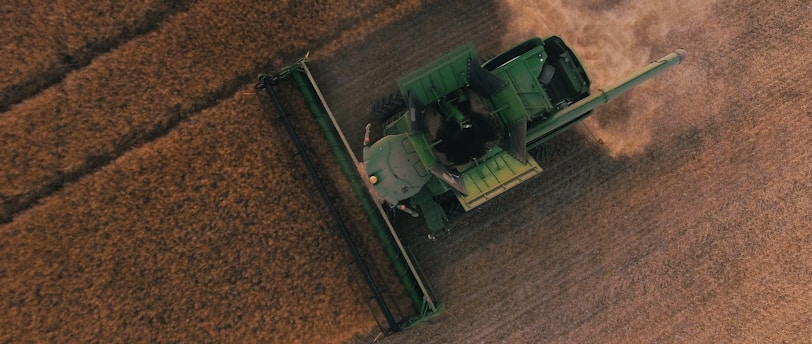On The Relationship between Pandemics and Biodiversity Conservation
8/16/20231 min read


Following the COVID-19 outbreak, global narratives shifted for a moment to focus on the causes of transmission of zoonoses; in particular, the sale and ingestion of wildlife, as well as environmental destruction and degradation.
Scholars and activist attribute the rise in the commodification of wildlife, especially unlawful trading in wildlife and consumption of “bushmeat” as the main reason for the advent of zoonotic conditions (Smith 2021). This emergence is exacerbated by the violation of forests and rural areas in the course of human economic development, which in turn may contribute to affected local communities resorting to practices which may be beyond the law or harmful ecologically (Smith 2021).
Specifically, deforestation often leads to the extinction of certain species, and those species which remain have a higher probability of carrying likely perilous pathogens which could be transmitted to humans (Tollefson 2020). Anthropogenic encroachment into forest frontiers may also amplify points of interaction between humans, wildlife, and animals deployed for agricultural use, thereby heightening risks of zoonotic transference (Tollefson 2020).
As such, there have been widespread calls for the broadening of biodiversity conservation areas so as to, amongst others, curb any further spread of zoonoses.
The link between biodiversity loss and human development can be observed in the relationship between, on one hand, an increase in protected areas of biodiversity and more stringent prohibitions on wildlife trading and consumption, and, on the other, greater stressors on human residents in those areas.
Where protected areas are expanded, those stressors could include loss of livelihoods and culture, dislocation, reduced development opportunities and subjection to biosurveillance and genomic sampling (Smith 2021). The stressors concerning wildlife trading and consumption could impact local communities negatively where the relevant species are integral to local food security, culture, and income streams (Smith 2021).
References:-
Tollefson, J. (2020). ‘Why deforestation and extinctions make pandemics more likely’, Nature 584 2020, pp.175–176.
Smith, W. (2021). ‘Understanding the changing role of global public health in biodiversity conservation’, Ambio 51 2021, pp.485–493.